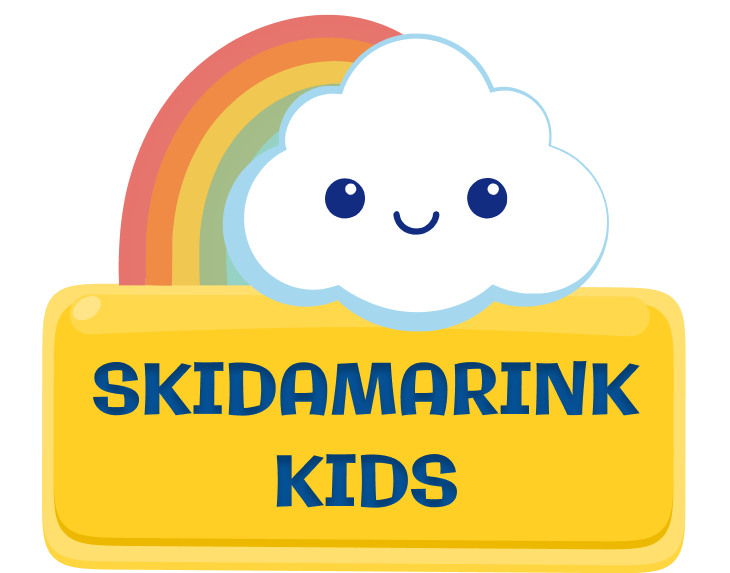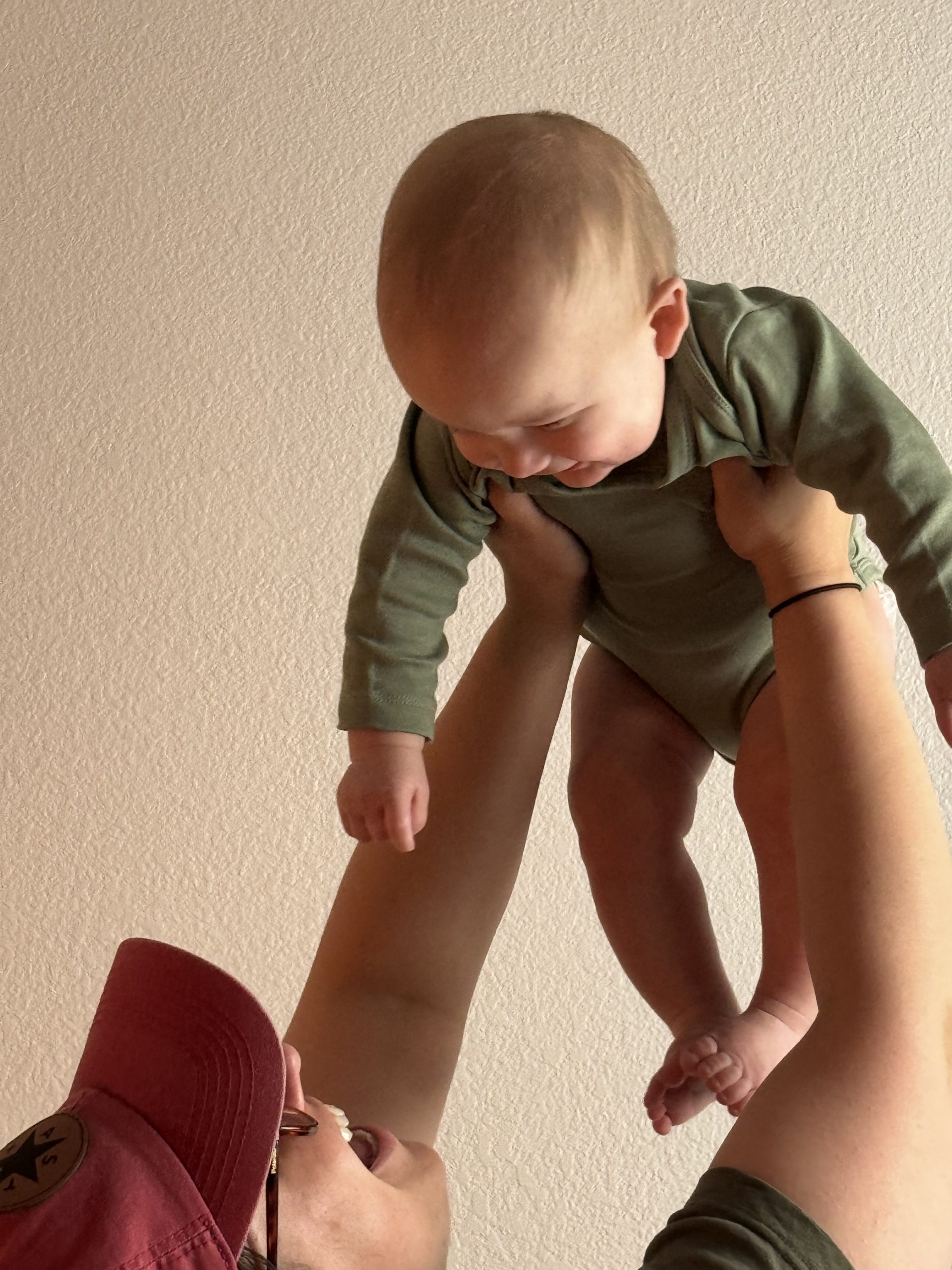Optimal Distance for Face-to-Face Engagement
As new parents, you’re constantly looking for ways to connect with your little one. One often-overlooked aspect of bonding is finding the right physical distance for face-to-face interactions. This simple yet crucial factor can significantly impact how your baby perceives and engages with you.
The Newborn Stage (0-2 months)
Your newborn’s vision is still developing, and they see best at about 8-12 inches from their face—approximately the distance between your face and theirs during feeding. At this age, your baby loves looking at high-contrast objects and faces, particularly your eyes and hairline. Position yourself at this “sweet spot” distance when talking or singing to your baby to maximize their ability to focus on your features.
Early Infancy (2-4 months)
As your baby’s visual acuity improves, they can focus on objects 12-18 inches away. This is an exciting time as your little one begins to smile socially and engage more actively. When playing on a mat or changing diapers, try positioning your face at this distance. You’ll likely notice more responsive smiles and increased eye contact.
Middle Infancy (4-6 months)
By now, your baby can see across a room, but close interaction remains crucial for social development. A distance of 18-24 inches works well during floor play and social games like peek-a-boo. This slightly increased distance also gives your baby space to practice their emerging motor skills while maintaining that important face-to-face connection.
Later Infancy (6-12 months)
Your increasingly mobile baby now appreciates varying distances of engagement. While they enjoy close-up interactions during quiet moments (18-24 inches), they also benefit from watching you from across the room as they explore their environment. This balance helps them develop confidence while knowing you’re still available for comfort and connection.
Signs Your Distance Is Just Right
– Your baby maintains eye contact
– They show engagement through smiles, coos, or reaching out
– Their expression is alert and interested
– They’re not turning away or showing signs of overstimulation
When to Adjust
Every baby is unique, and yours will let you know if you need to modify your distance. If they frequently turn their head away or seem fussy during face-to-face interactions, try moving back slightly. Conversely, if they’re straining to see you or becoming frustrated, you might need to move closer.
Remember that these distances are guidelines, not rules. The key is to observe your baby’s cues and adjust accordingly. Some days they might want closer interaction, while other times they’ll need more space to process their world. Trust your instincts and your growing understanding of your little one’s preferences.
By being mindful of optimal engagement distances, you’re supporting your baby’s visual development while strengthening your emotional bond. This awareness will naturally become second nature as you continue to learn and grow together in your parenting journey.
Ali
Alison Elison
Ali is a speech-language pathologist who has been with Skidamarink Kids from day one. With 12+ years helping children communicate and eat better, Ali loves partnering with parents to make a difference in their child's everyday life. She's excited to join you on your parenting journey, sharing simple strategies that help your little one thrive. Ali's warm approach and genuine passion make every step forward feel like a celebration!







